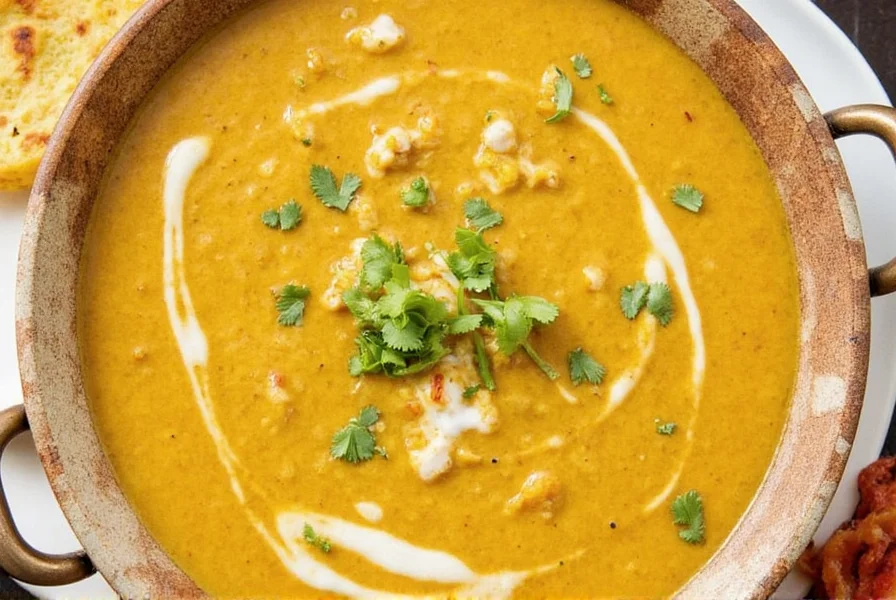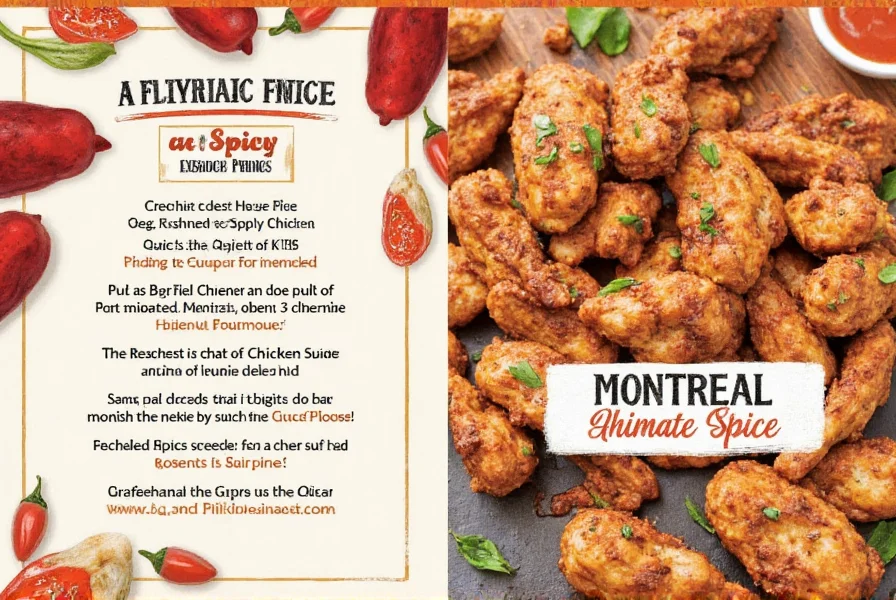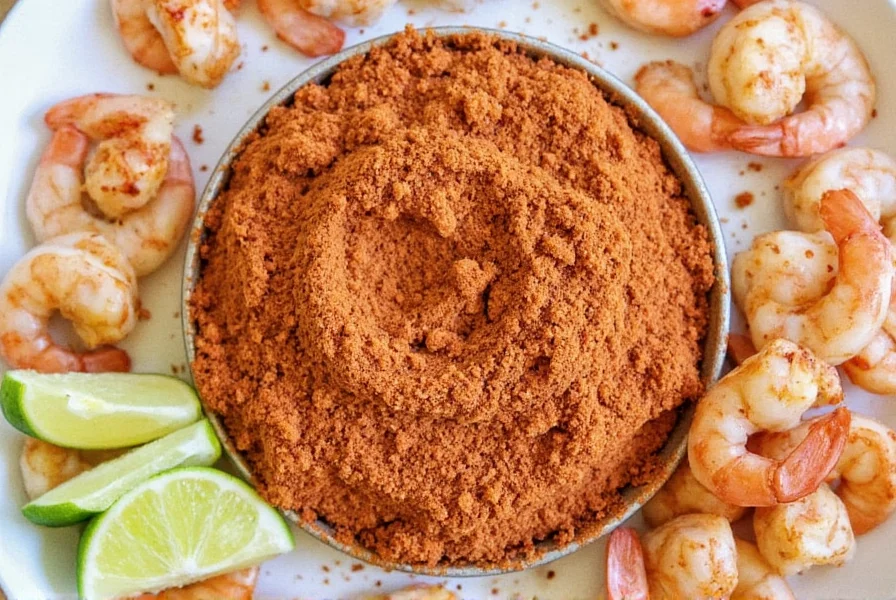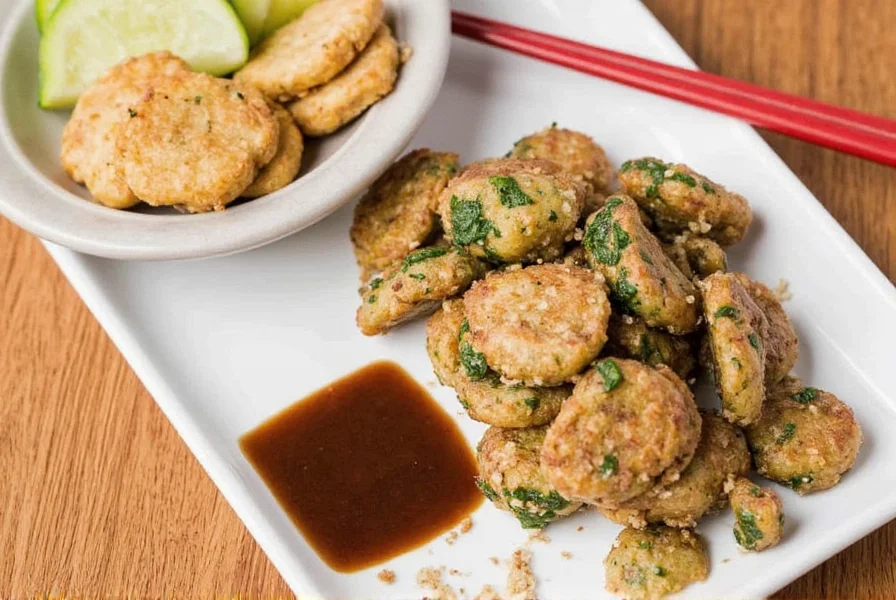Butter Chicken: A Global Spice Journey with a Hearty Indian Recipe
Spices have been the heart and soul of global cuisines for centuries, bringing warmth, flavor, and culture to every plate. Among the many iconic spice-infused dishes, Butter Chicken stands out as a beloved favorite from India. It's not just a meal—it's a story of tradition, flavor, and the magic of spices.

Table of Contents
- What is Butter Chicken?
- The Spice Legend Behind Butter Chicken
- Global Taste of Butter Chicken
- Practical Tips for Making the Perfect Butter Chicken
- Buying Guide: Essential Ingredients for Butter Chicken
- Conclusion
What is Butter Chicken?
Butter Chicken, or Murgh Makhani, is a rich and creamy dish that originated in the northern region of India, particularly Punjab. It’s made by marinating chicken in a blend of yogurt and spices, then cooking it in a tomato-based sauce infused with butter and cream. The result is a silky, flavorful dish that’s perfect for any occasion.
The name itself tells you everything—butter is the star ingredient, giving it its signature smoothness and richness. But it's the spices that make this dish unforgettable. From cumin and coriander to garam masala and turmeric, each element plays a role in creating that deep, comforting flavor.

The Spice Legend Behind Butter Chicken
Spices are more than just flavor enhancers—they’re cultural symbols, historical treasures, and culinary artistry. In the case of Butter Chicken, the spice blend is what elevates it from ordinary to extraordinary.
Let’s break down the key players:
- Turmeric: Adds color and a warm, earthy note.
- Cumin: Offers a smoky depth that complements the richness of the dish.
- Garam Masala: A mix of ground spices like cinnamon, cardamom, and cloves, it brings a subtle warmth and complexity.
- Coriander: Adds a citrusy brightness and helps balance the heaviness of the sauce.
- Garlic and Ginger: These are the base of the sauce, adding pungency and depth.
Together, these spices create a symphony of flavors that makes Butter Chicken a true masterpiece. Whether you're making it at home or ordering it at a restaurant, the right balance of spices is essential for an authentic taste.

Global Taste of Butter Chicken
While Butter Chicken is deeply rooted in Indian cuisine, it has found a place on tables around the world. Its popularity has led to various interpretations, each reflecting local tastes and ingredients.
For example:
- United States: Often served with naan or rice, sometimes with a twist of extra cheese or garlic bread.
- United Kingdom: Known for its hearty portions and use of mild spices, often served in family-style restaurants.
- Europe: Some countries add a splash of wine or cream for a richer texture.
- Asia: In places like Singapore or Thailand, it may be paired with local staples like jasmine rice or pad Thai.
This global adaptation shows how one dish can become a universal favorite, while still keeping its core identity intact. And let’s be honest—no matter where you go, there’s something undeniably comforting about a plate of butter chicken.
Practical Tips for Making the Perfect Butter Chicken
If you're ready to bring the taste of India into your kitchen, here are some practical tips to help you master the Butter Chicken Indian Food Recipe:
- Marinate the chicken well: A minimum of 30 minutes is ideal, but if you can spare an hour, the chicken will absorb more flavor.
- Use fresh tomatoes: Canned tomatoes can work, but fresh ones give a more vibrant, natural flavor.
- Simmer the sauce slowly: This allows the spices to meld together and the flavors to deepen over time.
- Add a splash of cream: For that signature creamy texture, stir in a bit of heavy cream near the end of cooking.
- Don’t skip the butter: It's what gives the dish its rich, velvety finish.
And remember, practice makes perfect. Even if your first batch isn’t spot-on, keep experimenting with spice levels and ingredients until you find your ideal version.
Buying Guide: Essential Ingredients for Butter Chicken
To make an authentic Butter Chicken Indian Food Recipe, you’ll need a few key ingredients. Here’s a breakdown of what to look for:
Marinade Essentials
| Ingredient | Features | Advantages | Use Cases | Target Audience |
|---|---|---|---|---|
| Yogurt | Fresh or plain | Helps tenderize the chicken and adds creaminess | Used as a base for marinating chicken | Cooking enthusiasts, home chefs |
| Garlic | Fresh or minced | Provides a strong, aromatic base | Essential for making the sauce | Cooking lovers, spice seekers |
| Ginger | Fresh or grated | Enhances the flavor profile | Used in both marinade and sauce | Cooking beginners, intermediate cooks |
Sauce Components
| Ingredient | Features | Advantages | Use Cases | Target Audience |
|---|---|---|---|---|
| Tomatoes | Fresh or canned | Provides a tangy base for the sauce | Used to make the tomato-based sauce | Cooking fans, casual diners |
| Butter | Unsalted | Brings a rich, creamy texture | Added to the sauce for finishing touch | Chefs, food lovers |
| Heavy Cream | High-fat content | Creates a luxurious, smooth sauce | Used to enhance the richness of the dish | Special occasions, dinner parties |
When shopping, always look for high-quality, fresh ingredients. For those who prefer convenience, pre-made spice blends or store-bought sauces can be a good option—but nothing beats the homemade touch when it comes to flavor and authenticity.

Conclusion
From the bustling streets of Delhi to the cozy kitchens of homes across the world, Butter Chicken has become a symbol of comfort, flavor, and cultural connection. Its journey through global spice traditions is a testament to the power of food to bring people together.
Whether you're a seasoned chef or a curious beginner, the Butter Chicken Indian Food Recipe offers a delicious way to explore the world of spices. So grab your ingredients, fire up the stove, and let the aroma of spices fill your kitchen. You might just discover a new favorite dish—or even a new passion for cooking.










 浙公网安备
33010002000092号
浙公网安备
33010002000092号 浙B2-20120091-4
浙B2-20120091-4